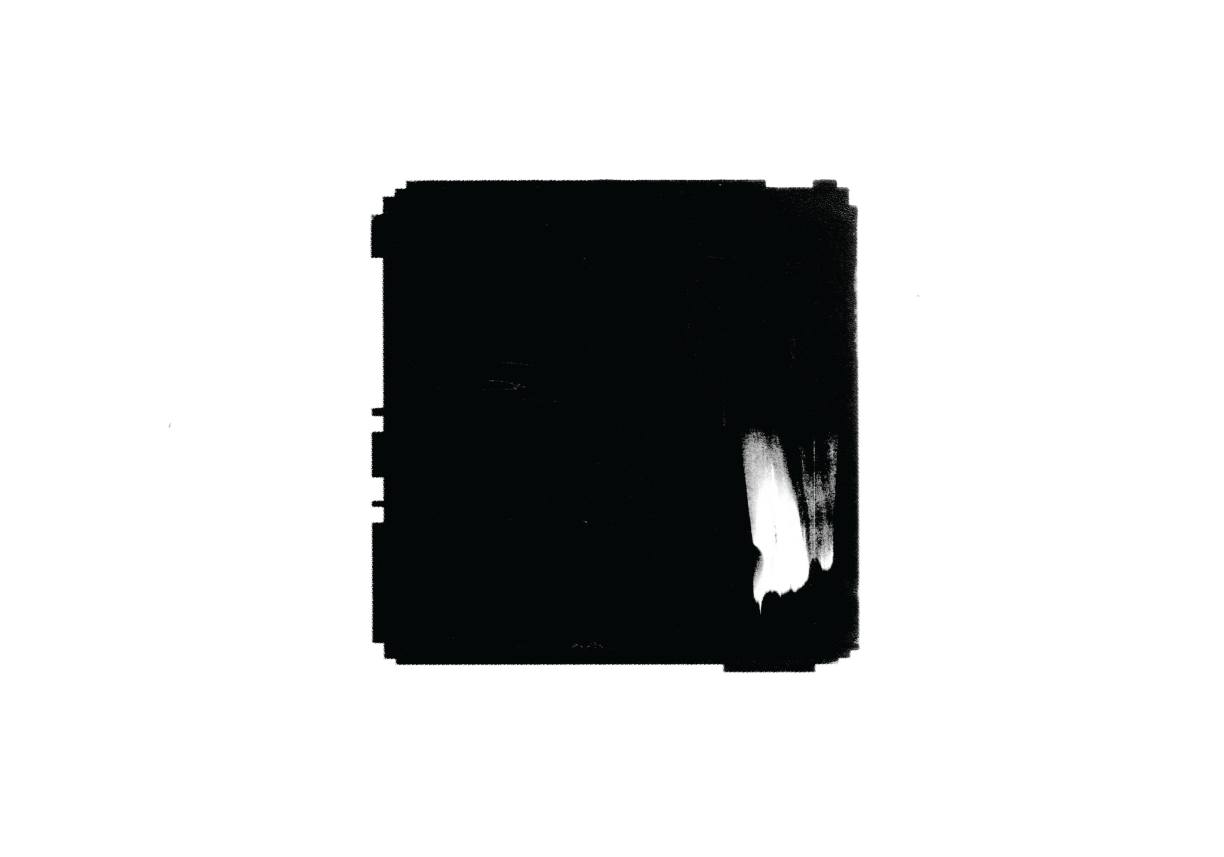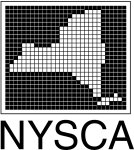“Cursor, from the Latin root meaning ‘run’ or ‘runner.’ A cursor is a movable, blinking figure that indicates the position on a screen where the next character will appear, or where user action is needed."
Cursors are identities in crisis. They are bodies motivated by language, by users, by others. They move through space. They blink in tempo and race the hours. They speak in many tongues. They pause and backtrack. They search and destroy. They are black. They are fugitive. They dance. They are driven to make mistakes. They disrupt and revise our intended messages, our intended meanings. Like the queen piece in chess they move up, down, forward, back across the field of the text, but they are not the text. They misspell our perceptions. Perhaps they have a will of their own? This project is about the cursor and its many faces.
During his 2018 ISSUE residency, choreographer and performer Will Rawls takes the multifarious figure of the cursor as a guideline to investigate his work that encompasses dance, writing, voice and objects. In this first research showing, Rawls focuses on the materiality of his voice as it runs through his writing. In a series of scored readings and vocal performances, Rawls asks: If I zoom into my cursors' contents, they will pixelate and come apart. Isn't this what we all want?
Broadly, Rawls speculates upon the cursor as a kind of body, describing the ephemeral unit as “a protagonist and an expectant messenger.” The image above, produced by Rawls in the Summer of 2017 at the Robert Rauschenberg Foundation Residency, is an initiatory form of a digital cursor from early computers -- noted for being square, instead of the thin lines in current use. This clear sense of volume, and hence a body, set Rawls to consider the cursor as a principle of performance, and an exponent applied to his writing.
Rawls continues: “[the cursor] is body that is motivated by the production of language. The cursor is always one step ahead of the text, or like the Queen piece in chess, it moves forward, backwards, up and down, anywhere within the field of vision, highlighting the entire document, searching, finding and destroying the text, but it is not the text. Nor, on the other hand, can it fully escape the world of text, of naming, of pinning-down-in-language. A cursor blinks in a particular kind of pre-determined rhythm prescribed by algorithms of zeroes and ones, appearing, disappearing according to the choreography of the almighty Word program. Yet, with each user action, this stable rhythm can be interrupted, transformed by the shape of one’s thought, the fumble of one’s finger-action, the speed of one’s keystrokes, the fart of one’s brain. The free fall of a page break. The cursor is perhaps me or you, divided among so many languages. Like a contemporary dancer, it is asked to be fungible from choreography to choreography yet is never fully captured by the choreography’s writing. The cursor is where, for me, language, movement, body and choreography come together to contend with each other.”
Will Rawls is a choreographer, writer and performer. His practice engages dance and multiple other media to investigate bodily states in relation to a poetics of blackness, ambiguity and abstraction. His inquiries into humanity and social inscription aim to shift perceptions of technique and use the personal to redraw notions of power. Rawls has shown work at The Chocolate Factory, MoMA PS1, Performa 15 and Portland Institute of Contemporary Art. He is recipient of a 2017-2018 Guggenheim Fellowship, Foundation for Contemporary Arts Grant 2015, and a Robert Rauschenberg Foundation Residency 2017. His writing has been published by Artforum, Triple Canopy, les presses du réel, The Museum of Modern Art. He is co-editor of the Danspace Project catalogue Lost and Found: Dance, New York, HIV/AIDS, Then and Now.




